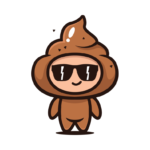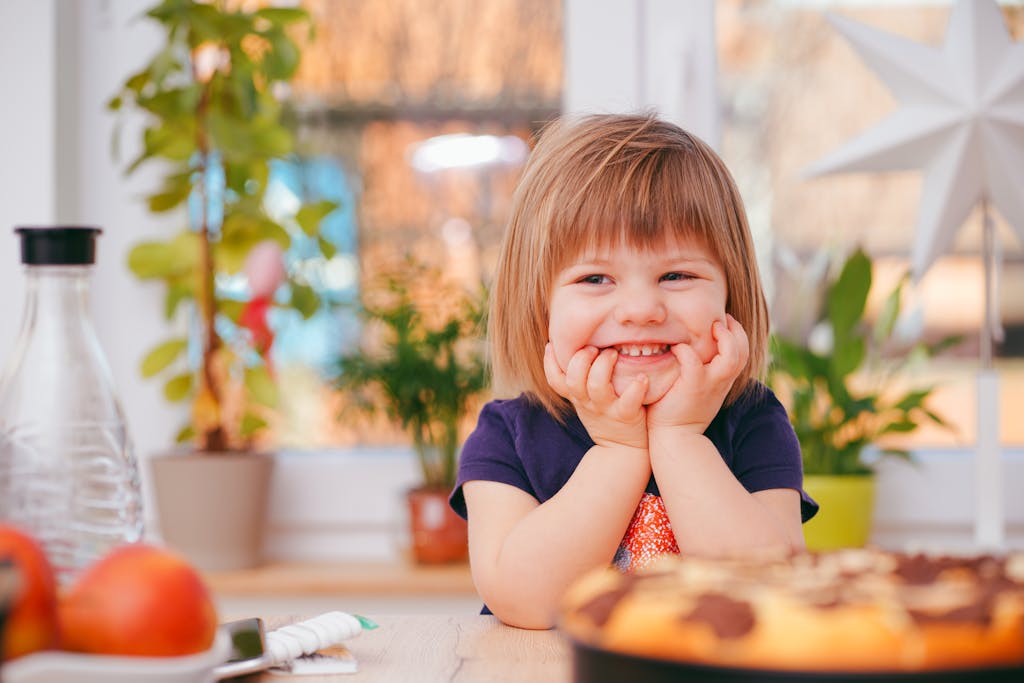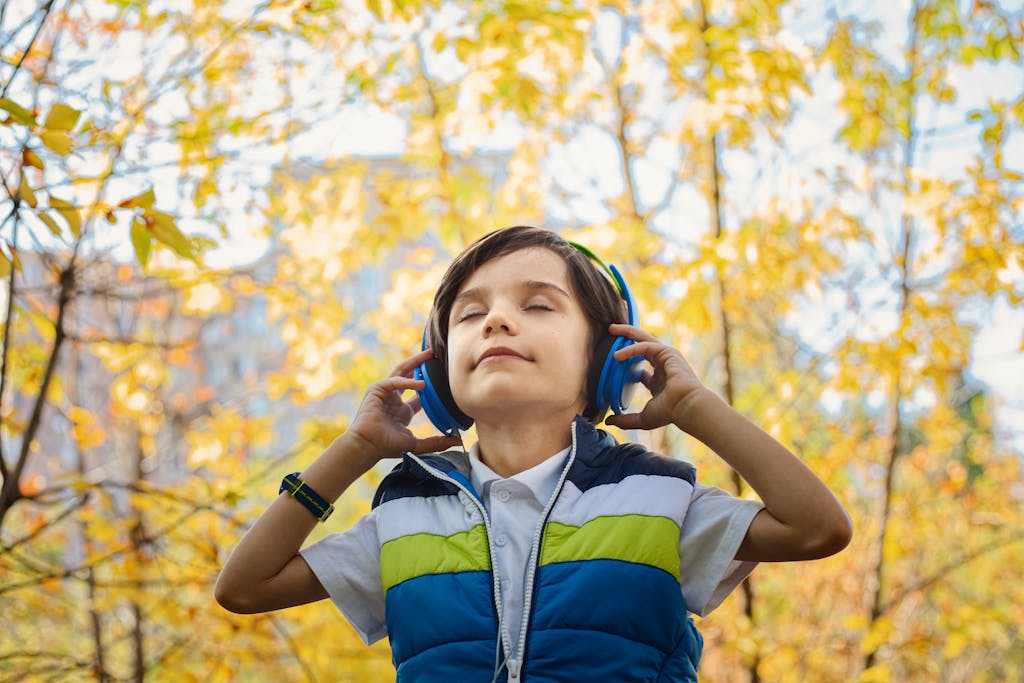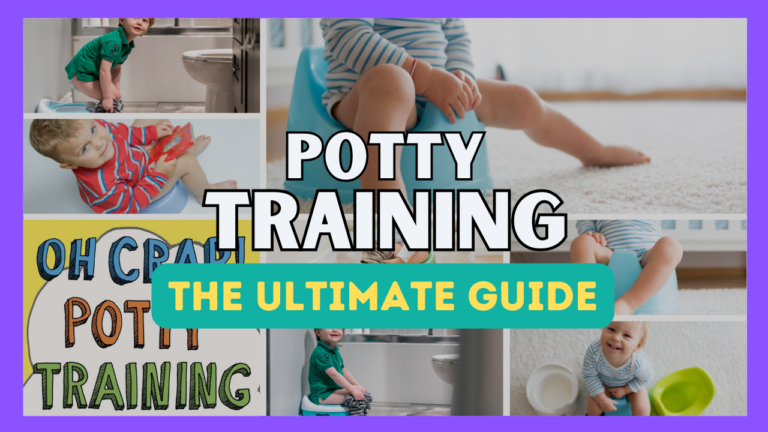Potty Training & Constipation: Helping Your Little One Go with the Flow
Hey there potty training warriors!
If you’re reading this, chances are you’re knee-deep in the wonderful (and sometimes messy) world of potty training.
First off, let me give you a virtual high-five because, wow, what a journey this is!

Today, we’re diving into a topic that’s not always the most comfortable to discuss but is oh-so-important: constipation during potty training.
Trust me, I’ve been there, and I know it can be frustrating, worrying, and downright exhausting.
But don’t worry! We’re going to explore this together, share some tips and tricks, and hopefully, by the end of this article, you’ll feel more equipped to help your little one “go with the flow” (pun absolutely intended).
- Potty Training Challenges: Understanding the Connection to Constipation
- What Causes Constipation During Potty Training and How to Address It
- What Are The Signs Your Child May Be Holding It In?
- Effective Solutions for Relieving Constipation in Potty Training Toddlers
- What Are The Best Laxatives For Constipation?
- When to Seek Medical Help for Constipation
- Overcoming Potty Training Challenges: Effective Solutions for Constipation
- Final Thoughts: Managing Potty Training and Constipation for a Smooth Transition
- Disclaimer
Potty Training Challenges: Understanding the Connection to Constipation

Ah, potty training – that milestone that every parent both eagerly anticipates and slightly dreads. It’s a rite of passage that marks your little one’s growing independence, but it can also come with its fair share of challenges. One of those challenges? Constipation.
Now, you might be wondering, “Why is constipation such a common issue during potty training?”
Well, there are a few reasons:

1. Holding it in: Some kids get so caught up in play that they ignore their body’s signals to go.

2. Fear or anxiety: The potty can be a scary place for some little ones.

3. Change in routine: Potty training often means a change in your child’s bathroom habits.

4. Diet changes: Sometimes, we might alter our child’s diet, which can contribute to constipation.

Recent research has shown that up to 20% of children experience constipation at some point during potty training. That’s a lot of little tummies feeling not-so-great!
I remember when we were potty training our son, Jack. We were so focused on getting him to use the potty that we didn’t notice he was becoming increasingly uncomfortable. It wasn’t until he burst into tears one day, saying his tummy hurt, that we realized constipation had become an issue.
What Causes Constipation During Potty Training and How to Address It

So, what exactly is going on when your little one is constipated during potty training? Let’s break it down:
Constipation occurs when bowel movements become infrequent or hard to pass. In the context of potty training, it often happens because children are learning to control their bowel movements for the first time. Sometimes, they get so good at “holding it” that they overdo it!
Here’s what might be happening:
1. Muscle confusion: Your child is learning to control their pelvic floor muscles.
2. Dehydration: In our eagerness to avoid accidents, we might reduce fluid intake.
3. Stress or anxiety: The pressure to “perform” on the potty can cause stress.
4. Diet changes: If you’ve adjusted your child’s diet for potty training, it might affect their digestive system.
Constipation during potty training is often a cycle. The child experiences a painful bowel movement, which makes them reluctant to go again, leading to more constipation.
Remember, every child is different. What works for one might not work for another. The key is to stay patient, observant, and supportive throughout the process.
What Are The Signs Your Child May Be Holding It In?

Recognizing the signs of constipation early can help you address the issue before it becomes a bigger problem. Here are some tell-tale signs to watch out for:

1. Infrequent bowel movements: If your child is going less than three times a week.
2. Hard, dry stools: If the poop looks like small, hard pellets.
3. Straining or pain during bowel movements: If your little one seems to be struggling.
4. Abdominal pain: Complaints of tummy aches, especially around the naval area.
5. Changes in appetite: Constipation can make kids feel full.
6. The “poop dance”: Some kids do a little dance or fidget when they need to go but are trying to hold it in.
7. Unusual behavior around potty time: If your child suddenly becomes anxious or refuses to sit on the potty.
“Sometimes, you might notice skid marks in your child’s underwear. This can actually be a sign of constipation, as liquid stool leaks around the hard, impacted stool.”

Remember, if you notice these signs persisting for more than a week or two, it’s a good idea to consult with your pediatrician.
Effective Solutions for Relieving Constipation in Potty Training Toddlers

Alright, now that we’ve covered the “what” and “why” of constipation during potty training, let’s get to the good stuff – solutions! Here are some strategies to help get things moving:
1. Hydrate, hydrate, hydrate: Encourage your child to drink plenty of water throughout the day.
2. Fiber-rich foods: Include plenty of fruits, vegetables, and whole grains in your child’s diet.

3. Regular physical activity: Encourage your child to be active. Movement helps stimulate bowel movements.
4. Establish a routine: Try to have your child sit on the potty at the same times each day.
5. Make potty time relaxing: Keep some books in the bathroom, or let your child play with a special toy while on the potty.
6. Massage: Gently massaging your child’s tummy in a clockwise direction can help stimulate bowel movements.
7. Prune juice: A small amount of prune juice can act as a natural laxative.
Here’s a parent hack that worked wonders for us: we created a “poop chart” with stickers. Every time our daughter had a successful bowel movement, she got to put a sticker on the chart. It made the whole process more fun and less stressful for her.
What Are The Best Laxatives For Constipation?
Our Top Picks
BEST OVERALL:
Miralax (Polyethylene Glycol 3350)
- UNBLOCK YOUR SYSTEM: MiraLAX, an osmotic laxative, works naturally with the water in your body to hydrate, soften, and ease stool through your colon in 1-3 days. Other stimulant laxatives stimulate the nerves to move stool through the colon immediately
Miralax is widely recommended by pediatricians for its gentle, effective relief. It works by softening the stool without causing cramping or dependency. It’s flavorless and can be mixed into any beverage, making it easy for kids to take.
BEST FIBER:
Culturelle Kids Probiotic + Fiber
- FROM THE PEDIATRICIAN RECOMMENDED PROBIOTIC BRAND: Culturelle Kids Probiotic + Fiber flavorless, dissolvable packets contain a safe, non-irritating formula that works naturally with your child’s body to promote regularity & healthy digestion
This dissolvable powder is an excellent way to add fiber to a child’s diet, helping to regulate bowel movements naturally. It’s tasteless and can be added to drinks or food without being detected by picky eaters.
BEST FOR INFANTS:
Mommy’s Bliss Baby Probiotic Drops
- INFANT PROBIOTICS: Mommy’s Bliss baby Probiotic Drops Everyday use the world’s most researched probiotic strain. Recommended by pediatricians, Baby Probiotic Drops Everyday are a daily liquid probiotic supplement for babies that you can use from birth.
Probiotics are a gentle option for infants dealing with constipation. Mommy’s Bliss probiotic drops support gut health and can be used daily to promote regular bowel movements in babies.
BEST FOR PICKY EATERS:
Pedia-Lax Liquid Stool Softener
- Pedia-Lax Liquid Stool Softener is designed for occasional irregularity; provides gentle and gradual relief in 12-72 hours
This stool softener is easy to mix into a favorite drink or food and doesn’t have a strong taste, making it perfect for children who are picky eaters. It’s gentle and doesn’t cause cramping, making it a stress-free option for parents.
BEST CHEWABLE:
Pedia-Lax Chewable Tablets
- Pedia-Lax Laxative Chewable Tablets gently provide occasional constipation relief for kids in 30 minutes to 6 hours
These kid-friendly, fruit-flavored chewable tablets provide gentle overnight relief from constipation. They are easy to take and a good choice for kids who prefer chewable options over liquids or powders.
BEST FAST-ACTING:
Pedia-Lax Enema for Kids
- QUICK RELIEF: Offers fast-acting relief from occasional constipation, ensuring prompt relief for children
If fast relief is necessary, this enema works within minutes to relieve constipation. It’s safe for children ages 2 and up and provides a quick solution for more severe cases.
BEST GUMMY:
Metamucil Kids Fiber Supplement Gummies
- DELICIOUS KIDS GUMMY FORMULA FROM THE FIBER BRAND YOU TRUST: Metamucil Kids Fiber Gummies are from the makers of the #1 selling fiber supplement brand
These gummies are great for kids who prefer gummy supplements. They provide soluble fiber in a tasty form, helping to promote regular bowel movements without the need for harsh laxatives.
When to Seek Medical Help for Constipation

While most cases of constipation during potty training can be managed at home, there are times when it’s important to consult with a healthcare professional. Here are some signs that it’s time to call the doctor:
1. Persistent constipation: If your child hasn’t had a bowel movement for more than a week.
2. Blood in the stool: This could indicate a small tear due to straining.
3. Severe abdominal pain: If your child is experiencing intense stomach pain.
4. Weight loss: Unexplained weight loss accompanying constipation needs medical attention.
5. Fever: A fever along with constipation could indicate an infection.
6. Vomiting: If constipation is accompanied by vomiting.
7. Behavioral changes: If your child becomes unusually irritable or lethargic.
Overcoming Potty Training Challenges: Effective Solutions for Constipation

Let’s face it – potty training and dealing with constipation can be challenging. Here are some common hurdles and how to overcome them:
1. Challenge: Your child refuses to sit on the potty.
Solution: Make potty time fun! Use a special book or toy that’s only for potty time.
2. Challenge: Your child is afraid of having a bowel movement.
Solution: Reassure your child that it’s okay and natural to poop. Books about potty training can help normalize the process.
3. Challenge: Your child is stressed about using the potty at daycare or preschool.
Solution: Practice using different toilets at home or in public places to build confidence.
4. Challenge: You’re feeling frustrated and worried about your child’s constipation.
Solution: Remember, this is a common issue and it will pass. Don’t hesitate to reach out to other parents or your pediatrician for support.
Final Thoughts: Managing Potty Training and Constipation for a Smooth Transition
Potty training and constipation can be a tricky combination, but with patience, understanding, and the right strategies, you and your little one will get through it. Remember, every child is unique and will progress at their own pace. Stay positive, celebrate the small victories, and don’t be afraid to seek help when you need it.
You’ve got this friends!!
Here’s to happy tummies and successful potty training adventures!
Found this article helpful? Share it with other parents who might be navigating the potty training journey! And follow us on Facebook for daily parenting inspiration and support.
The 10 Best Fiber Snacks for Kids: Healthy Options for Potty Training
- Kids Fiber Gummies: Support digestive health and regularity for your child’s tummy with these delicious vegan gummies! Complete with 3g fiber in each gummy available in a delicious papaya flavor. Only one gummy per serving and a 2-month supply in each bottle!
- SCIENCE-BACKED FIBER GUMMIES FOR KIDS: SmartyPants Kids Fiber & Veggies is specifically formulated to support regular digestion* in kids 4+ with prebiotic dietary fiber, inulin, and an organic green veggie blend of organic kale, spinach, and broccoli
- One bottle of 60 multivitamin gummies, a 1 month supply (2 gummies per serving)
- Each serving of Children’s supplement contains 3 grams of Fiber to support digestive health and 2 fiber gummies contain as much fiber as 4 prunes*
- BIOVITA DIETARY FIBER JELLY STICKS (20g x 20 sticks) – BIOVITA’s Kids Fiber Jelly is a breakthrough in digestive health for children. Immerse your little ones in the delightful taste of tangy apple, making their daily routine a joyful experience. Each pack comprises 20 conveniently sized sticks, offering 20 generous servings to ensure lasting support for your child’s digestive comfort.
- Contains 18 packs of BEAR Fruit Minis; Raspberry/Blueberry
- “FROM THE #1 PEDIATRICIAN RECOMMENDED PROBIOTIC BRAND⟐: The ingredients in Culturelle Kids Veggie Fiber Gummies + Probiotic help support healthy growth & development of your child.* Contains fiber for digestive health”
- MADE WITH REAL INGREDIENTS: These bites are thoughtfully crafted with wholesome ingredients like oats, dates, sunflower seed butter, cinnamon, chia seeds, and organic maca powder, offering a simple, real-food option for kids and toddlers.
- Contains five (5) KIND Kids Blueberry Muffin Bars with Other Natural Flavors and five (5) Chocolate Chip Bars
- HIGHER STANDARDS: Our kids shakes contains 25% less sugar vs leading kids protein nutritional shakes*. Shakes are Gluten-free, USDA Organic & Plant-Based, Non-GMO, Kosher, Contains no Soy Ingredients & free of artificial colors, flavors, and preservatives
Disclaimer
If you shop our links we may receive a small commission which funds our coffee addiction.
Thanks for the support!
























